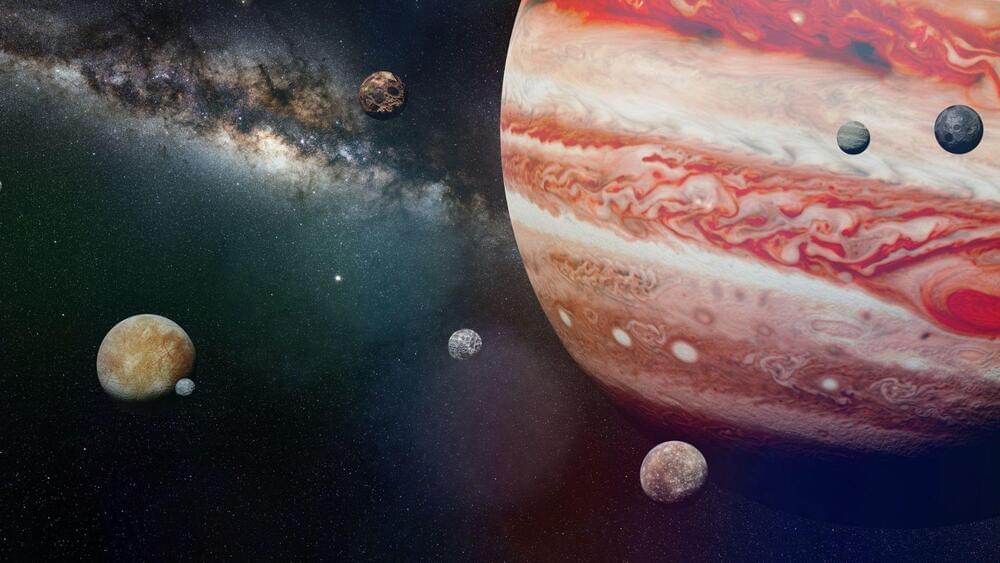Google is rushing to take part in the sudden fervor for conversational AI, driven by the pervasive success of rival OpenAI’s ChatGPT. Bard, the company’s new AI experiment, aims to “combine the breadth of the world’s knowledge with the power, intelligence, and creativity of our large language models.” Not short on ambition, Google!
The model, or service, or AI chatbot, however you wish to describe it, was announced in a blog post by CEO Sundar Pichai. He pointedly notes Google’s recentering around AI some years back, as well as the fact that the most influential concept (the Transformer) was created by the company’s researchers in 2017.
“It’s a really exciting time to be working on these technologies as we translate deep research and breakthroughs into products that truly help people,” Pichai writes. It’s hard not to wonder while reading this how Google managed to get leapfrogged so decisively by OpenAI, the latter of which is now synonymous with the technologies the former pioneered.








